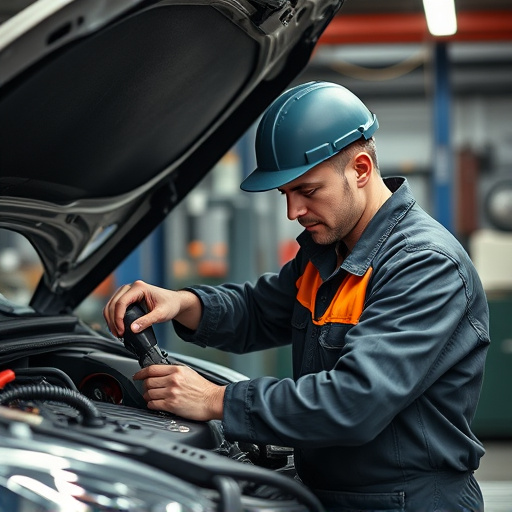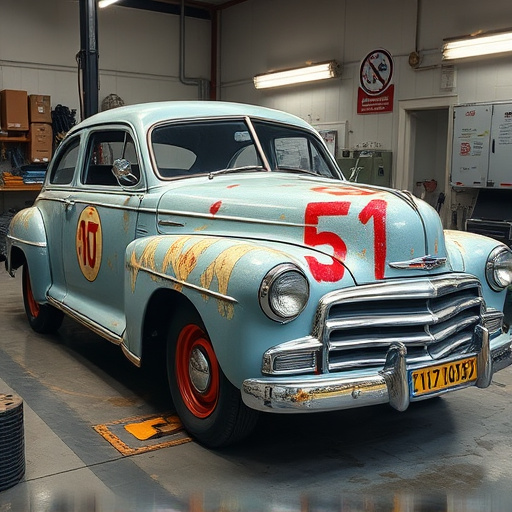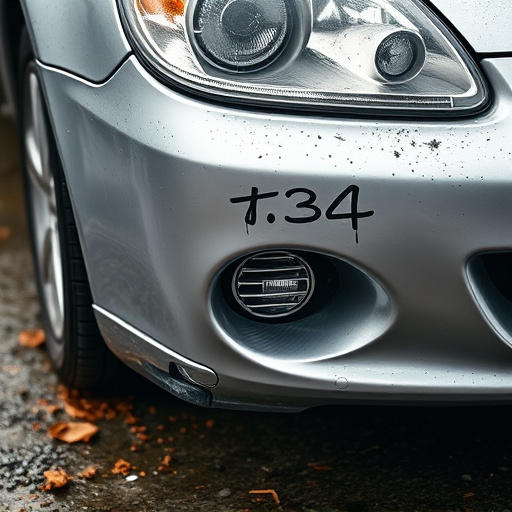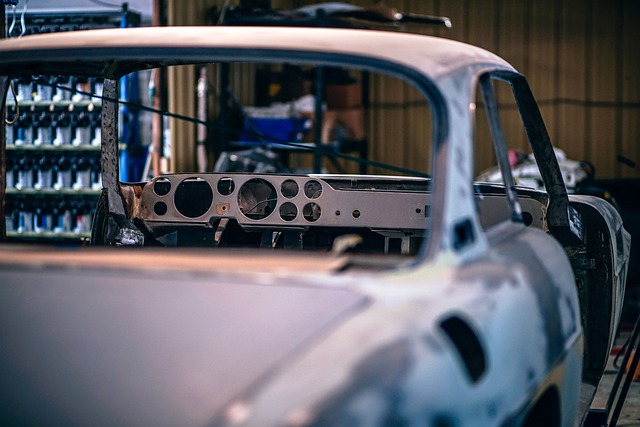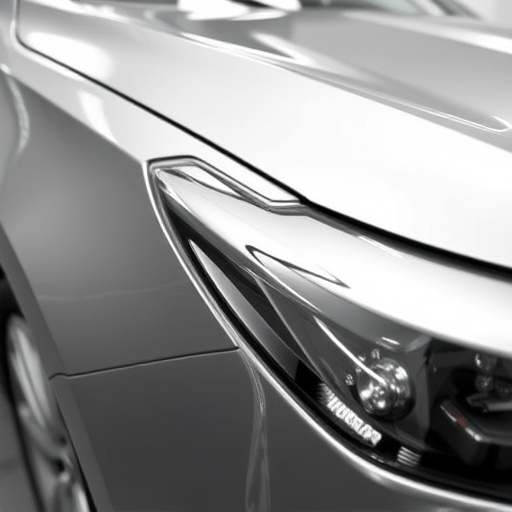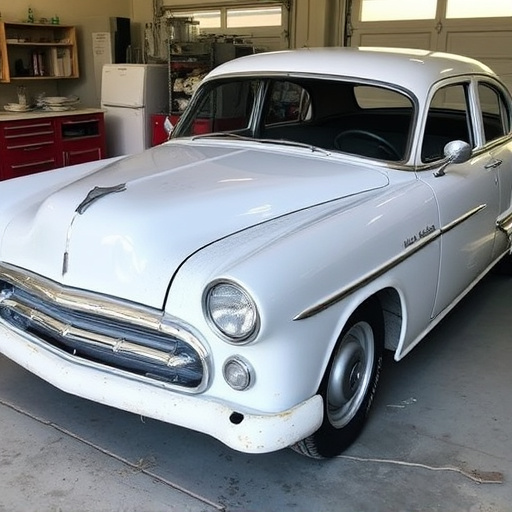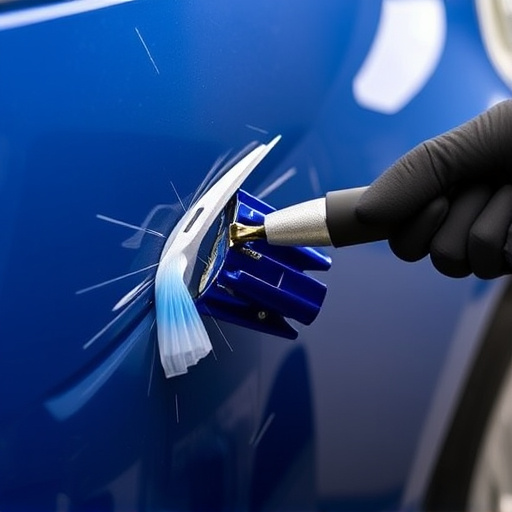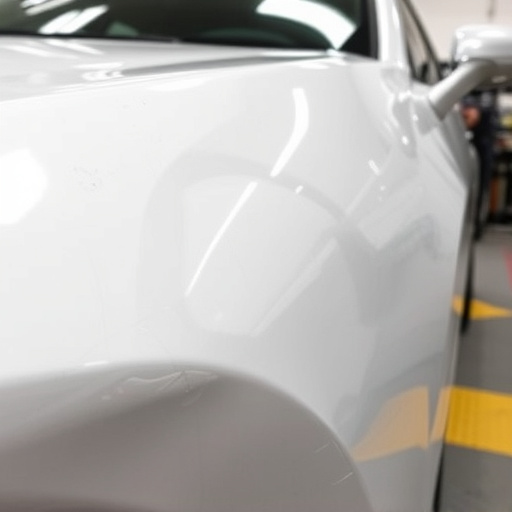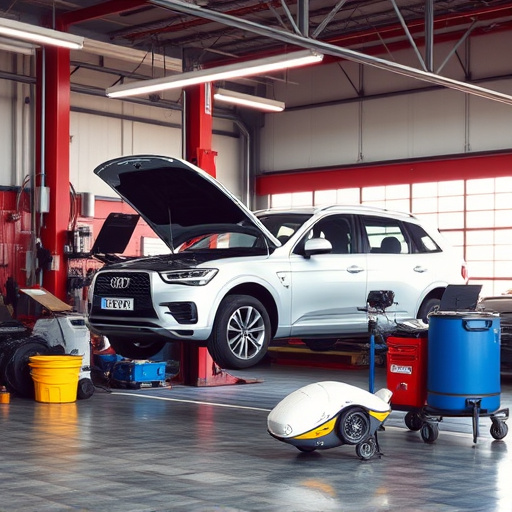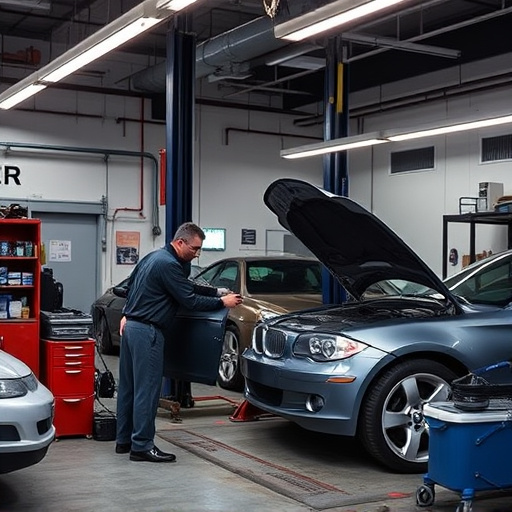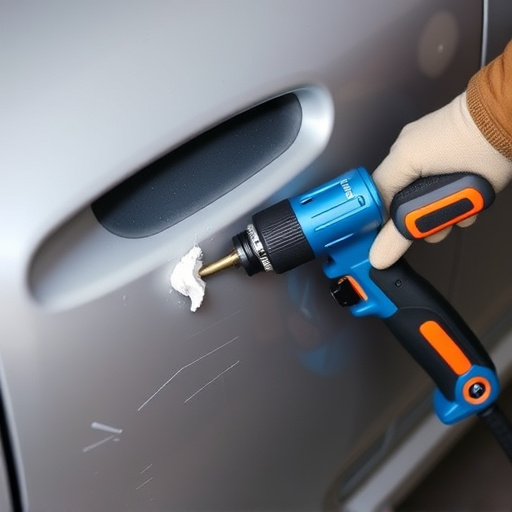Choosing between OEM-certified and aftermarket parts depends on vehicle needs. OEM parts offer precision fit, superior performance, and quality standards, ensuring long-term reliability. Aftermarket parts provide broader choices at lower costs but may vary in quality and compatibility. Thorough research is crucial for both to ensure safety and effective collision repair.
When it comes to repairing or replacing vehicle parts, choosing between OEM-certified and aftermarket options is a crucial decision. This article guides you through understanding these distinct part types, their unique benefits, and potential drawbacks. Weighing factors like quality, price, warranty, and compatibility will help ensure your vehicle’s optimal performance. By the end, you’ll be equipped to make an informed choice between OEM-certified replacement parts and aftermarkets, enhancing both your vehicle’s functionality and longevity.
- Understanding OEM-Certified Parts vs Aftermarket
- Benefits and Considerations of Each Option
- Factors to Weigh Before Making Your Choice
Understanding OEM-Certified Parts vs Aftermarket

When it comes to replacing parts on your vehicle, whether it’s due to damage from an accident or regular wear and tear, there are two primary options: OEM-certified replacement parts or aftermarket alternatives. The distinction lies in their origin and quality standards. OEM (Original Equipment Manufacturer) parts are directly produced by the vehicle manufacturer, designed specifically for that make and model of car. These parts are known for their precision fit, superior performance, and adherence to strict manufacturing standards. On the other hand, aftermarket parts are manufactured by third-party suppliers who create replicas or alternatives to original equipment.
While they may offer more variety in terms of brands and prices, aftermarket parts might not always match the quality and compatibility of OEM counterparts. Aftermarket products could be a suitable choice for those seeking cost savings without compromising on basic functionality. However, when it comes to critical components like brakes, suspension, or engine parts, opting for OEM-certified replacement parts from a reputable car body shop is often advisable. This ensures not only the best fit and performance but also long-term reliability, potentially saving you from costly future repairs related to vehicle dent repair or bodywork services.
Benefits and Considerations of Each Option

When considering replacement parts for your vehicle, whether it’s through an aftermarket or OEM-certified route, each option offers unique advantages. OEM-certified replacement parts directly mirror the original equipment manufacturer’s specifications, ensuring a seamless fit and consistent performance. This is particularly beneficial for maintaining the vehicle’s warranty and reliability, especially with car paint services and automotive body work in mind. The authenticity of these parts can be assured, providing peace of mind and long-term satisfaction.
On the other hand, aftermarket parts offer a broader range of choices at often more affordable prices. They are designed to be compatible with various models, making them a convenient solution for those seeking cost-effective repairs. However, the quality may vary, and compatibility issues could arise, leading to additional expenses for automotive body work or adjustments. Therefore, it’s crucial to research and choose reputable sources for both options, ensuring you get what you pay for without compromising on safety or performance.
Factors to Weigh Before Making Your Choice
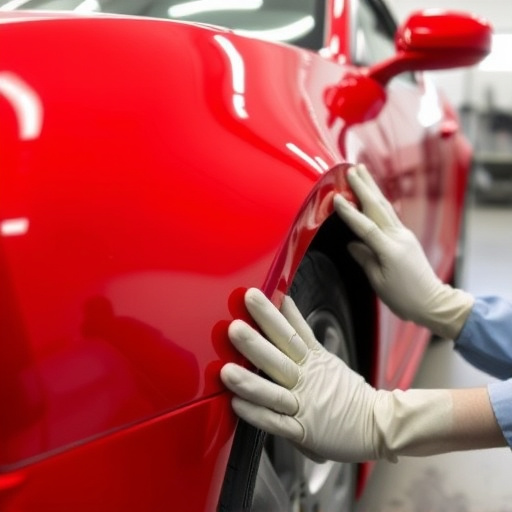
Before deciding between aftermarket and OEM-certified replacement parts, there are several factors to weigh. One key consideration is quality and safety. OEM-certified parts are designed specifically for your vehicle make and model, ensuring they meet the manufacturer’s standards for fit, form, and function. This can be especially important in collision repair services, where proper part compatibility is crucial for long-term reliability and safety during a fender bender or more severe accident.
On the other hand, aftermarket parts offer a broader range of options at potentially lower prices, but they may not always meet the same stringent quality and performance criteria as OEM parts. It’s essential to research the reputation of the aftermarket manufacturer and ensure that the specific part you’re considering is reliable and compatible with your vehicle. This decision can significantly impact the overall effectiveness and longevity of collision repair services for your vehicle.
When choosing between aftermarket and OEM-certified replacement parts, consider your vehicle’s performance, warranty coverage, and long-term reliability. OEM parts offer guaranteed compatibility and superior quality, while aftermarkets provide cost savings and diverse options. Weighing these factors will help you make an informed decision that best suits your needs and keeps your vehicle running smoothly. Remember, selecting the right replacement parts is key to maintaining optimal performance and peace of mind on the road.
